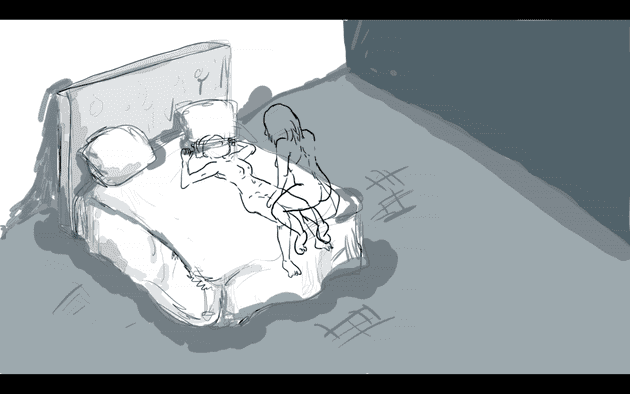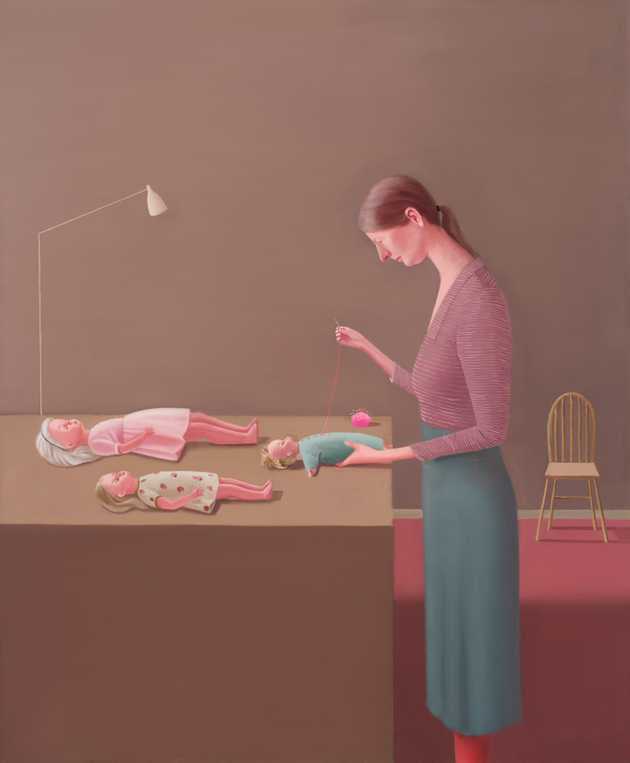An Interview with Ellen Zhang
Interview by Nicole Araya
*How did you come to meet the women pictured in your photos? *
I interacted with the women in the picture through my internship with Alianza Arkana, a nonprofit organization in Pucallpa, Peru, which provides resources to the indigenous Shipibo-Conibo population. During the internship, I had the opportunity to help organize a Plant Medicine and Gynecology Workshop in the Bena Jema community.
Can you talk a bit about the health problems women face in the area that you were photographing?
Given the combination of Pucallpa, Peru being a rural region and the Shipibo-Conibo being underserved, the women are burdened by health problems. There are high incidences of HPV, HTLV-1, and cervical cancer. They face challenges, including structural barriers, language and cultural challenges, and stigma and discrimination.
*What are the women in Medicina de la Planta making? What is the medicine for and what is it made out of? *
The women in the picture made various brews from barks and lianas such as boahuasca (ronon tsewe rao), renaquilla (nishi xona), and cat’s claw (mishon mentsis), among others. The natural ingredients were all gathered from the Amazon rainforest. A plant medicine expert, Caroline, explained how different combinations of these could be used to reduce scarring, tumors in the uterus, and more. At the same time, there are many herbs that the women use to treat fevers, coughs, and other ailments. In the sweltering summer heat, women in the workshop took careful notes in journals regarding the names, uses, preparation, and diets necessary for taking these plants.
Can you talk a little bit about the other photos in the series; what process were you documenting?
In the photo series, I documented the entirety of the Plant Medicine and Gynecology Workshop. It was amazing to see several generations of women gathered in one room as they shared their personal recounts dealing with plants, medicine, and illness. Moreover, I was amazed by the care the women took into creating their medicine from stripping bark to patiently waiting for the brew to change shades.
*What decisions factored into the composition of these photographs? *
For my photographs, I hoped to capture the knowledge being shared, the feeling of respect the Shipibo-Conibo have for traditional ways, and openness the women had to discuss critical issues regarding their health. One of the most memorable moments from the workshop was watching a women use a machete to skin the bark of branches and skillfully peel at the plant. Later, the plant bark turned the boiling water dark red-- sipping on it, I could feel how powerful the brew was. This sense of awe and respect are ones I hope my photographs are able to capture.
*There appears to be a strong component of intergenerational knowledge in these images -- how does the passing of knowledge and traditions function to bring together communities of women? *
The Shipibo-Conibo community deeply value knowledge typically based on from generation to generation--this is especially true when it comes to plant medicine. During the workshop, the dozen women sat together to share deeply personal stories. I recall one of the women detailing her experiences with a tumor in her uterus and how she used plant medicine as a way to deal with it. Ultimately, the space became one that allowed women to connect, trust, and learn.




